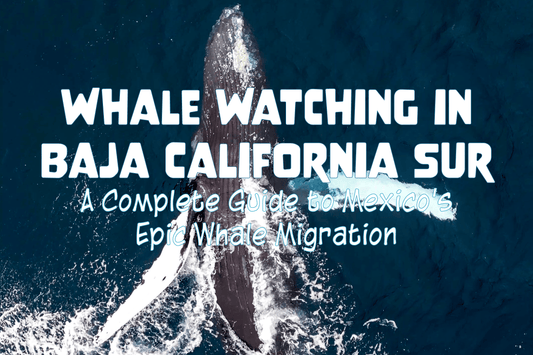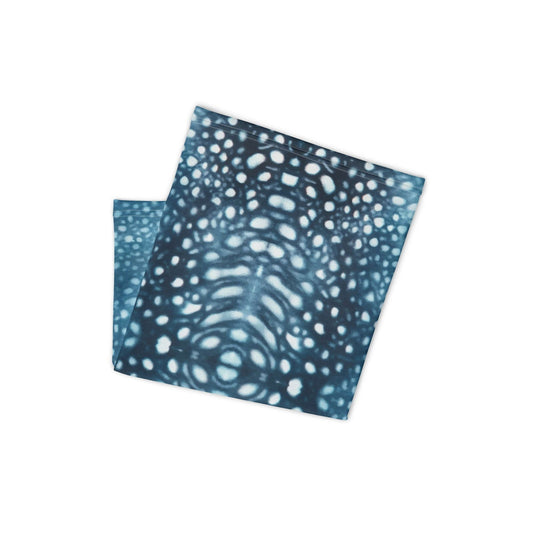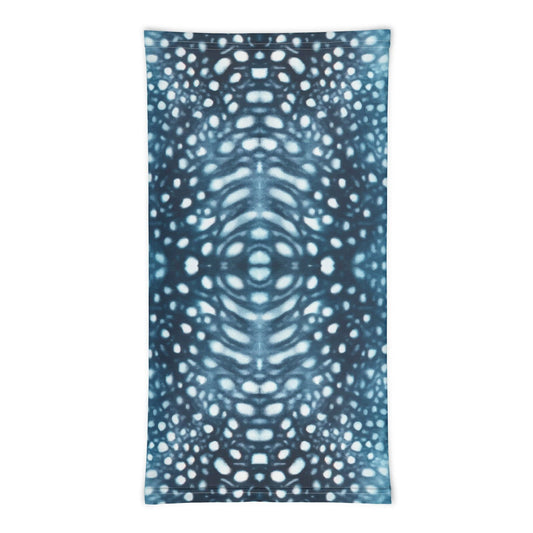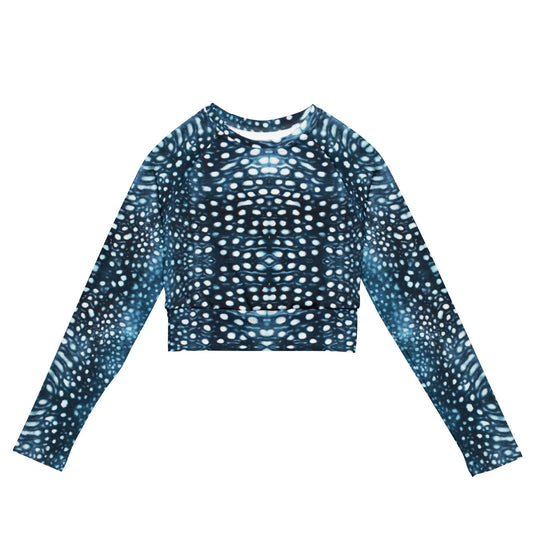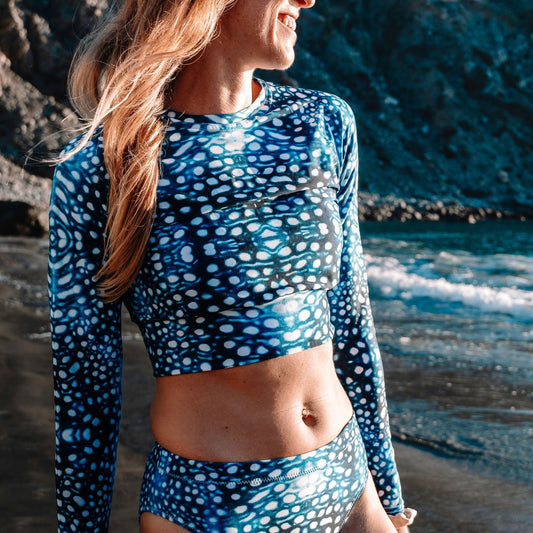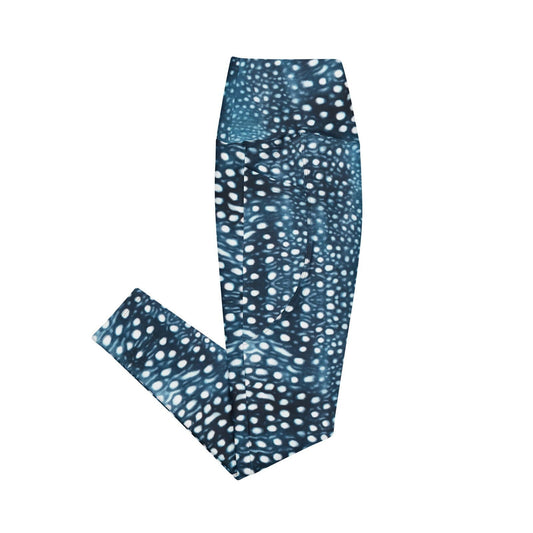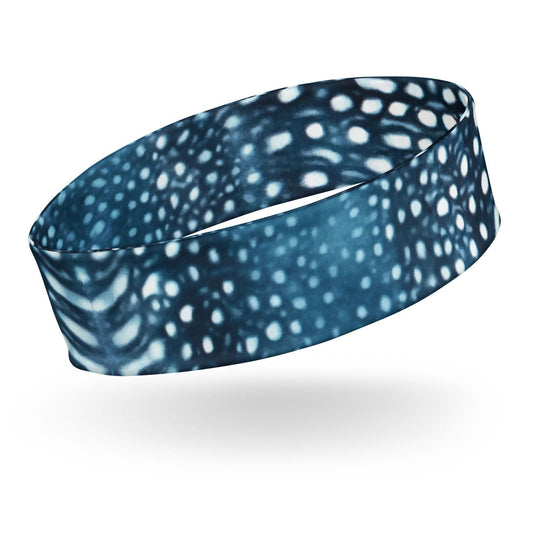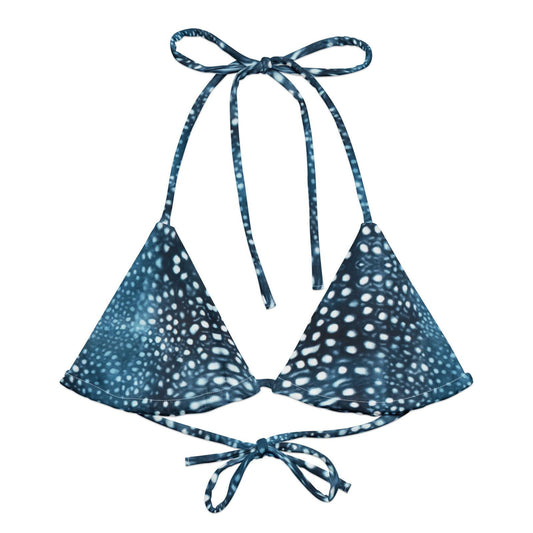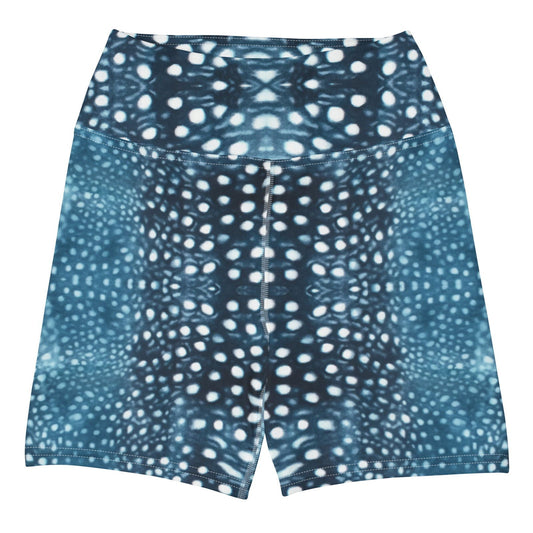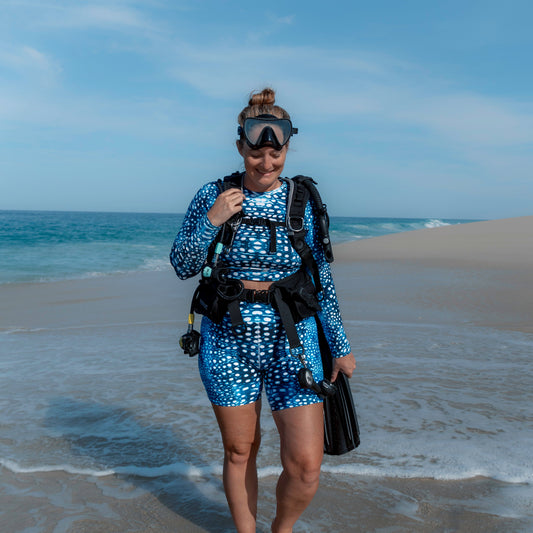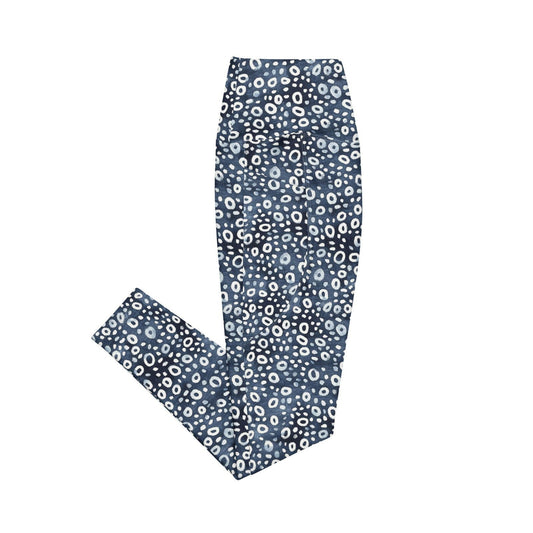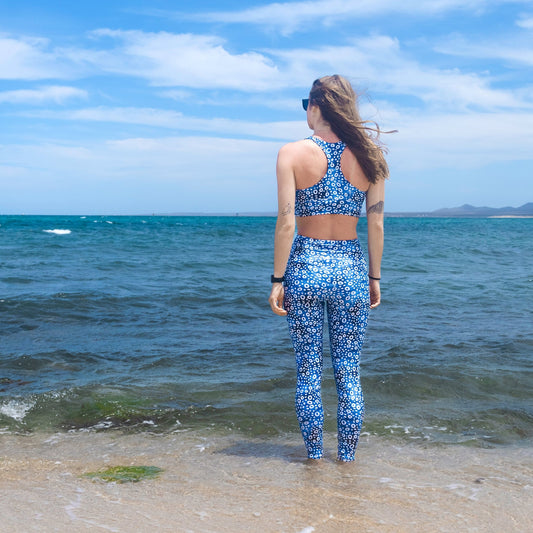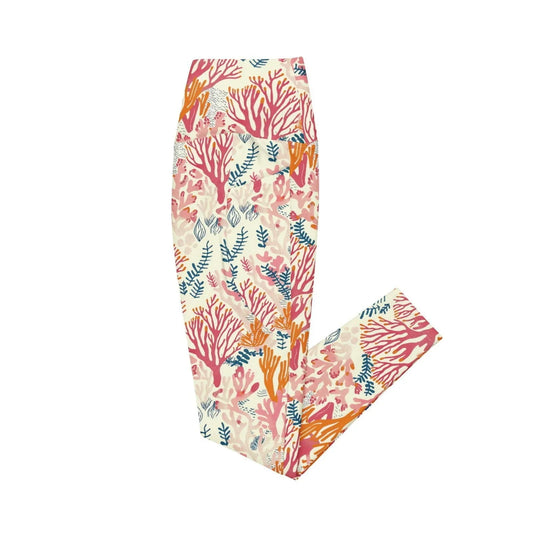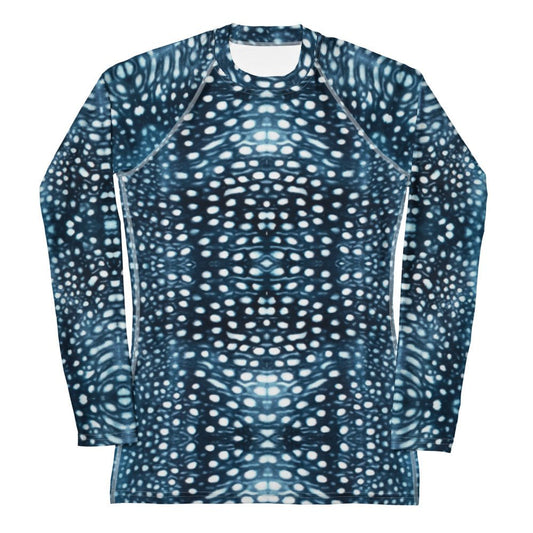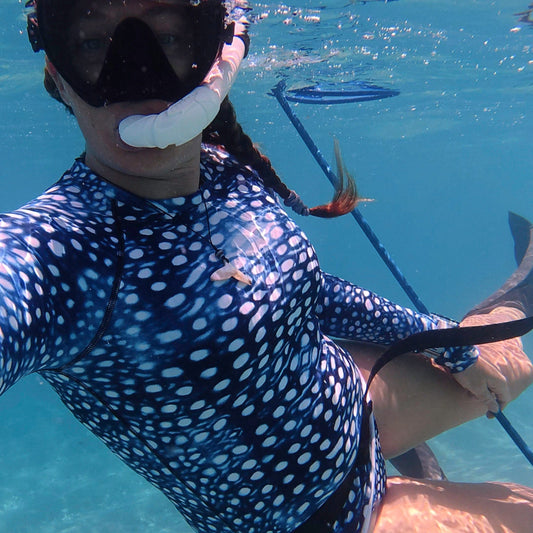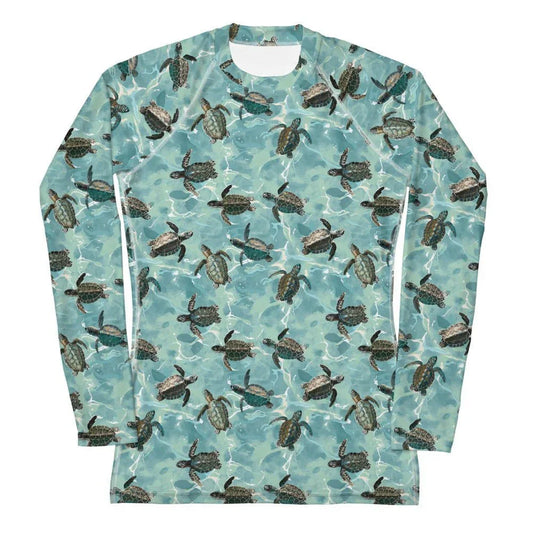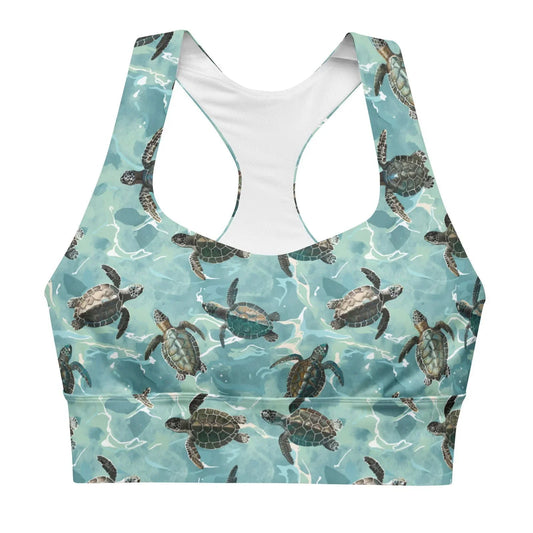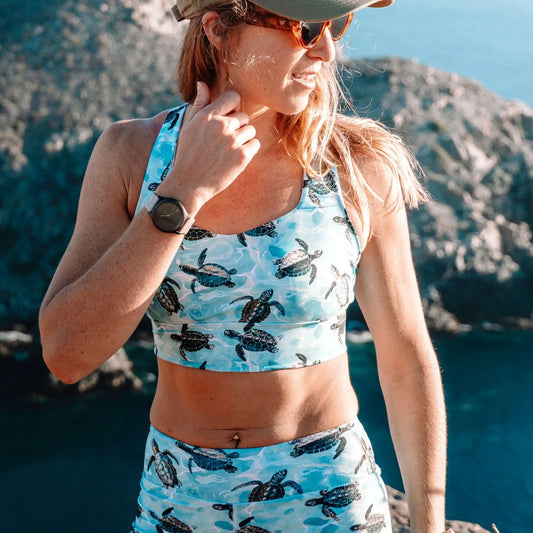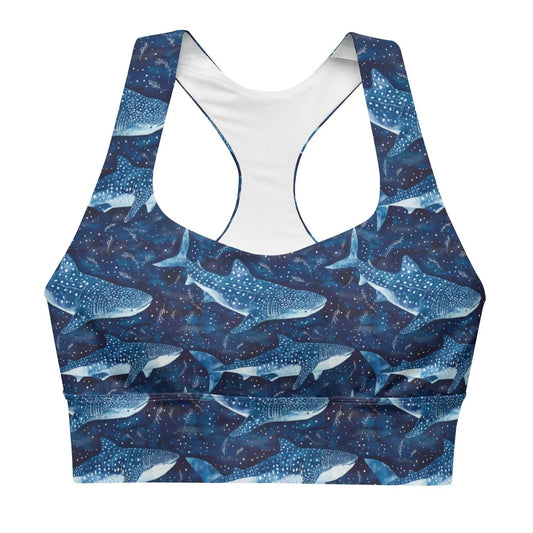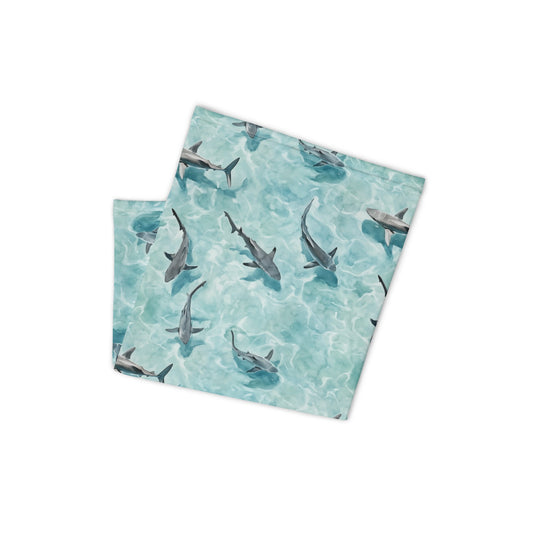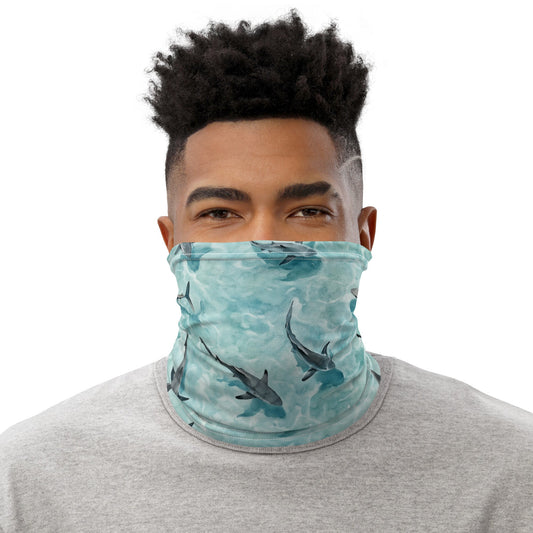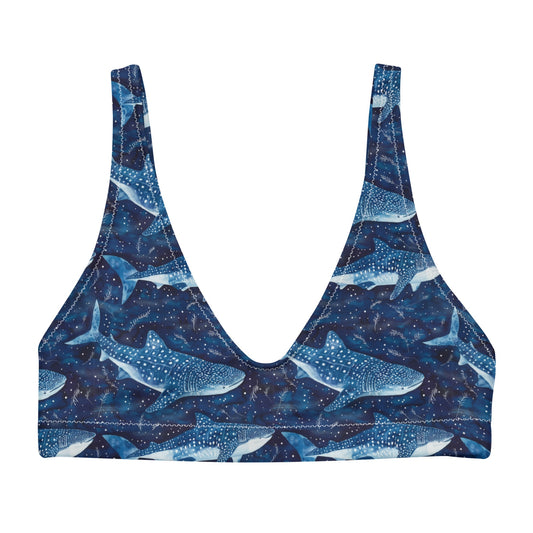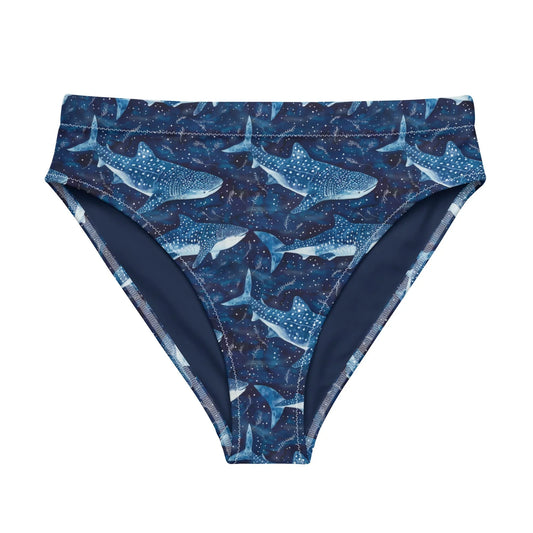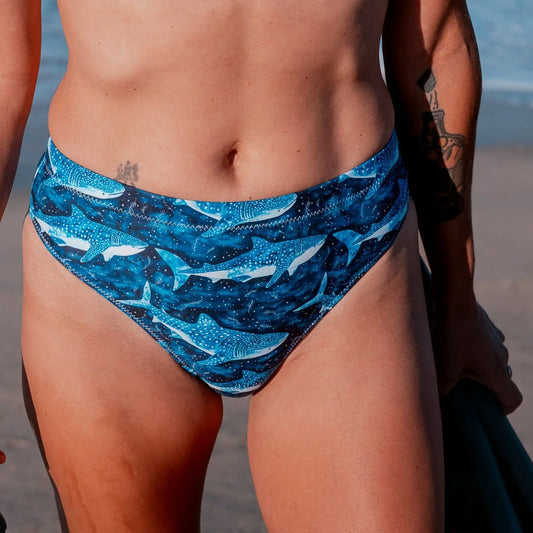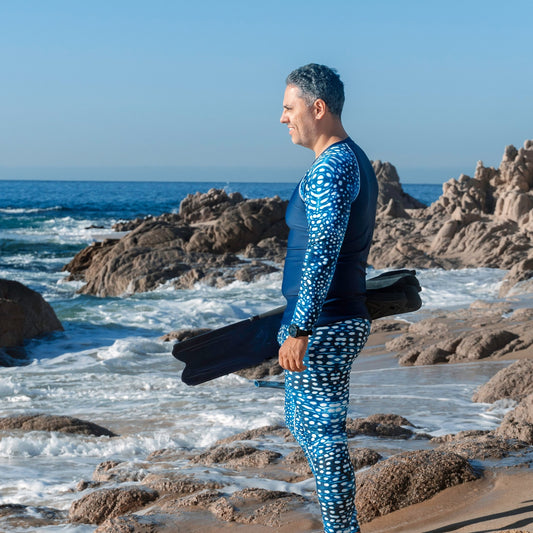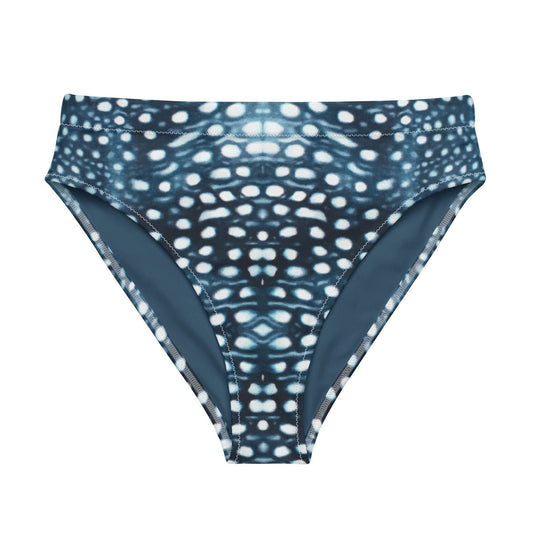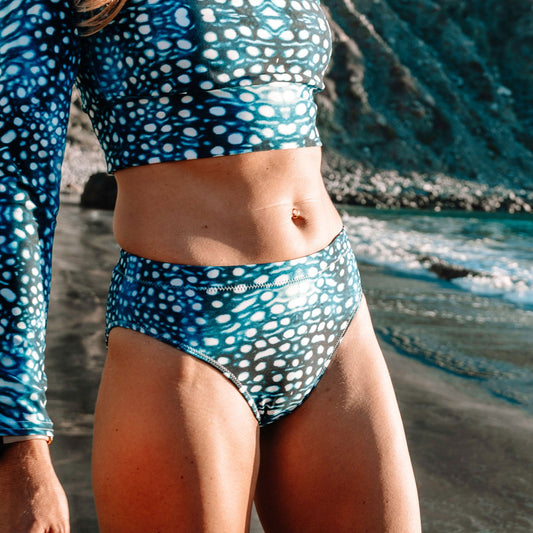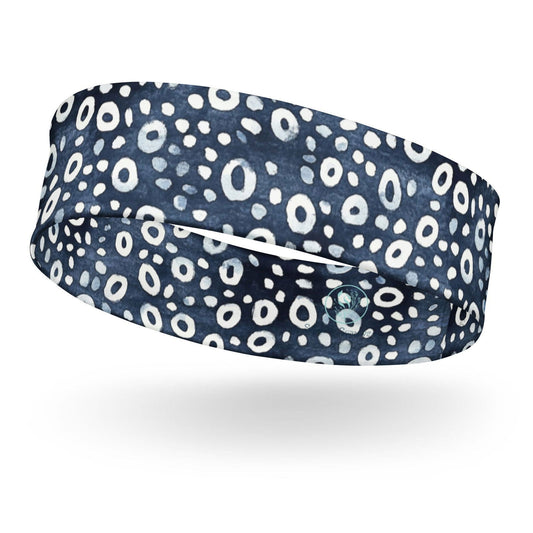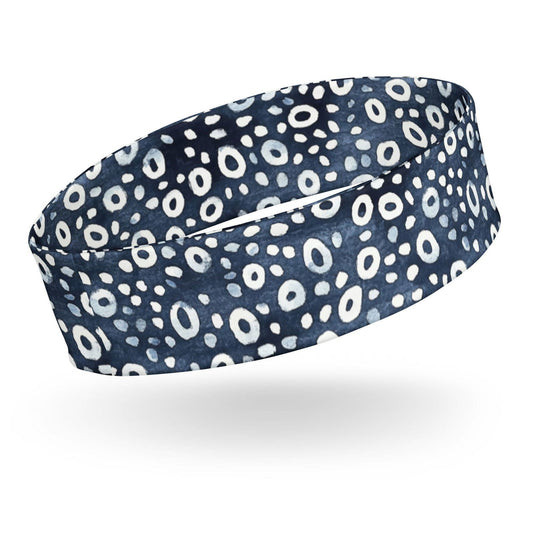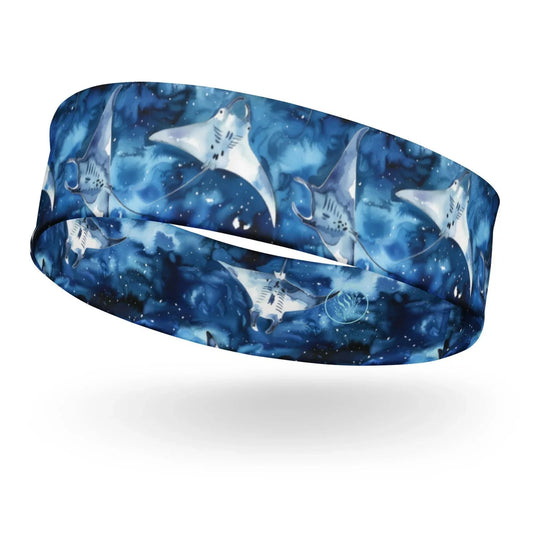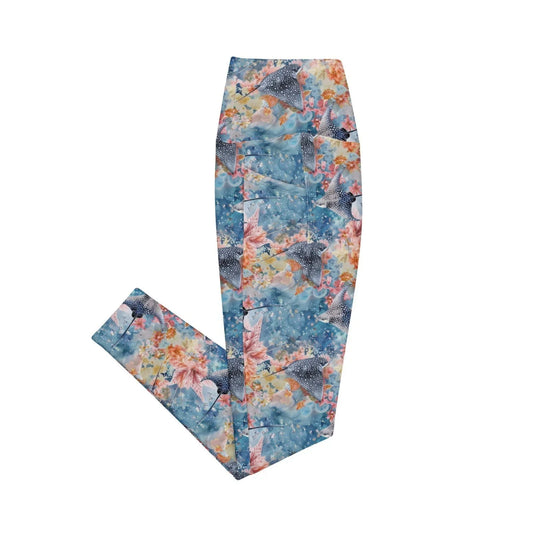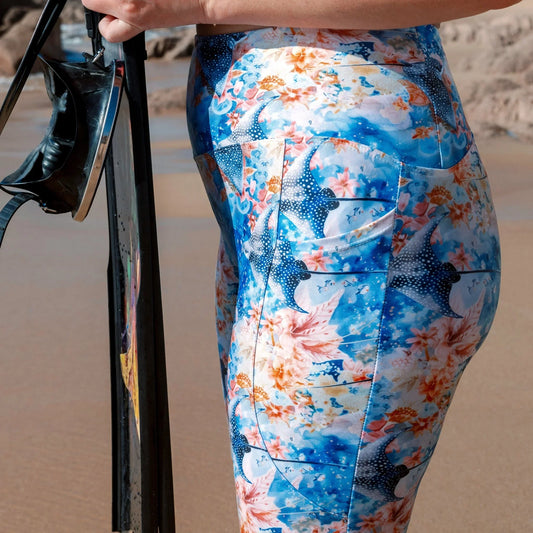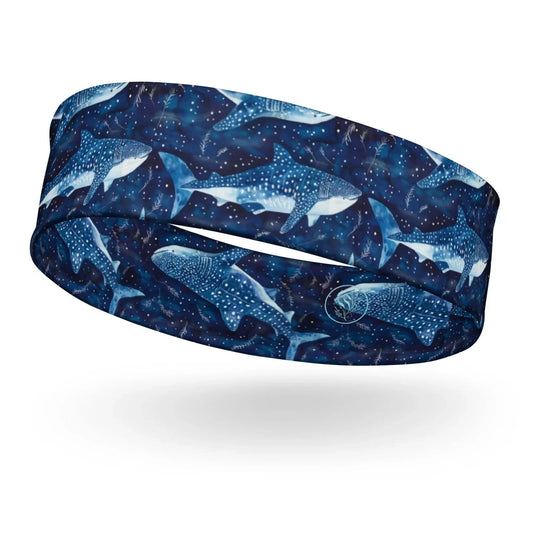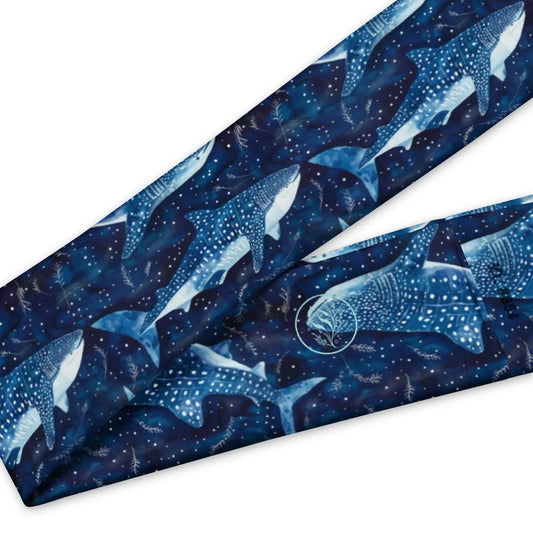
Citizen Science for Divers: How to Contribute to Ocean Conservation
Angela ZancanaroShare
Every time we step off the boat and descend beneath the waves, we’re entering a realm that few people get to witness and even fewer people truly understand. The ocean is still one of the least explored places on Earth. As divers we have a rare opportunity to change that through citizen science.
Whether you’re logging fish sightings, snapping photos of manta rays, or removing trash from the sea floor, your dive experiences can become part of something much bigger: the global effort to understand and protect our blue planet.
🌍 What Is Citizen Science & Why is it Important?
Citizen science is when members of the public contribute to scientific research, by collecting data, submitting observations, or even helping analyze results. In the ocean world, this often means divers, snorkelers, boaters, and beachgoers becoming the eyes and ears for scientists across the globe.
The ocean covers over 70% of our planet, yet less than 20% of it has been fully mapped or studied. Exploring and monitoring marine ecosystems is logistically challenging, expensive, and time-intensive, and most marine research teams are small and underfunded. They simply can’t be everywhere at once.
However, a diver vacationing in Baja, a snorkeler documenting coral in Indonesia, or a boat captain photographing whales in Alaska can all contribute valuable data, observations that might otherwise go completely unrecorded. By submitting photos, species sightings, or environmental observations, your contributions can help monitor:
- Endangered species like manta rays, whale sharks, sea turtles, and humpback whales
- Coral health, bleaching events, and reef recovery
- Invasive species like lionfish
- Marine debris patterns and pollution trends
- Long-term biodiversity changes in reef ecosystems
These observations get added to databases used by professional scientists, conservationists, and even policymakers shaping marine protections. Studies have shown that data collected by trained citizen scientists is often just as accurate as that gathered by experts in the field.
Beyond helping the planet, citizen science also deepens your own dive experience. You become more observant. You start noticing details that others miss. And every dive becomes part of a bigger global movement to understand and protect the ocean we love.
🌊 Citizen Science Projects Divers Can Join
Now that you know what citizen science is and why it matters, here’s how to get involved. Each of the following programs welcomes contributions from recreational divers, snorkelers, or ocean lovers.
🧼 Dive Against Debris® – Marine Debris Removal & Data Collection
Log the marine trash you remove to build a global pollution dataset

Launched in 2011, Dive Against Debris is the world’s largest underwater debris removal and tracking program. Over 2,000,000+ pieces of trash have been logged by divers worldwide—and the data helps influence local and international policy.
👉 How to contribute:
- Collect debris during your dives using a mesh bag.
- Record details of the debris collected, including types and quantities.
- Submit your data through the Dive Against Debris® online portal.
🩵 Manta Identification Projects – Tracking Individual Manta Rays Globally
Photograph manta rays to help identify and track individuals globally

Manta rays have unique belly spot patterns that act like fingerprints. By photographing them and submitting to Manta Trust or Manta Matcher, you contribute to long-term studies on understanding manta ray distribution, behavior, and population dynamics.
👉 How to contribute:
- Take a clear, high-resolution photo of the underside of a manta ray (the belly)
Make sure not to chase or touch mantas—approach respectfully and let them swim by. - Record the date, location, and time of the sighting
- Submit via:
💡 Bonus: You'll be notified if your manta is spotted again elsewhere!
🦈 Wildbook for Whale Sharks – Whale Shark Identification & Migration Tracking
Submit whale shark photos to support global identification and migration research

Wildbook for Whale Sharks is a global photo-identification database used by scientists to study whale shark populations around the world. Each whale shark has a unique pattern of spots near its gills—just like a fingerprint.
When divers or snorkelers submit photos of whale sharks, they help researchers:
- Identify individual animals
- Track migrations across ocean basins
- Estimate population sizes through mark-recapture analysis
- Understand site fidelity and habitat use
The project uses advanced pattern-recognition software to rapidly compare new photos against thousands of existing entries.
👉 How to contribute:
- Take a clear photo of the left side of the whale shark behind the gills
- Record the date, time, location, and encounter details
- Upload your photo to sharkbook.ai
📩 If your shark matches an existing individual, you'll get an update. If it's a new one, it gets added to the database—and you’ll be credited as the photographer!
🐋 Happywhale – Humpback Whale Identification & Migration Tracking
Submit humpback whale fluke photos to support global migration and population research

Every humpback whale has a unique pattern on the underside of its tail (called the fluke). Happywhale uses AI-powered image recognition to match submitted whale fluke photos with existing individuals in its global database.
When you upload your photos, researchers use them to:
- Track long-distance migrations across ocean basins
- Monitor population health and distribution
- Understand breeding and feeding ground use
- Build a long-term, collaborative record of whale movements
Your photo could match a whale seen thousands of miles away, or add a new individual to the database.
👉 How to contribute:
- Take a clear photo of the underside of a humpback whale’s tail (fluke)
- Record the date, time, and location of the sighting
- Upload your photo to happywhale.com
📩 If your whale is matched, you’ll receive updates when it's re-sighted—and become part of its journey!
🐠 REEF Volunteer Fish Survey Project – Marine Life Monitoring
Submit fish counts to track species and biodiversity changes worldwide

REEF trains divers and snorkelers to identify fish and invertebrates and log their sightings. With over 250+ species available for ID, this program contributes valuable long-term biodiversity data to scientific studies and environmental reports.
👉 How to contribute:
- Create a free account at reef.org
- Download ID materials for your dive region
- Submit your species counts post-dive
- Optional: Take REEF’s Fish ID courses to become an “Expert Surveyor”
Whether you're new to fish ID or a seasoned spotter, your log makes a difference.
🌈 CoralWatch – Coral Health Monitoring
Monitor coral bleaching with a simple color chart

CoralWatch uses a standardized color reference chart so anyone—regardless of experience—can assess and track coral bleaching. Your results go into a long-term database that scientists use to assess reef health and climate stress.
👉 How to contribute:
- Download the free Coral Health Chart and instructions
- Match coral colors on your dive
- Record data (color, species, depth, time, etc.)
- Submit it to coralwatch.org
This is a great entry point for first-time citizen scientists!
🦁 REEF Lionfish Derbies – Invasive Species Removal
Help remove invasive lionfish and contribute to research

Lionfish are beautiful, but they’re one of the most damaging invasive species in the Atlantic. They eat native fish at alarming rates, reproduce rapidly, and have no natural predators in the region.
Lionfish Derbies combine fun, friendly competition with serious conservation. Participants:
- Spearfish or net lionfish
- Record catch data (size, location, stomach contents)
- Compete for prizes
- Often enjoy post-event cookouts or filleting demos!
👉 How to contribute:
- Sign up for an event via REEF’s Lionfish Derbies
- Or ask your local dive center if they host lionfish removal dives
You help restore reef balance and get dinner. Win-win.
🦈 Coming Soon: PADI AWARE’s Global Shark & Ray Census

Launching in 2025, this large-scale initiative will collect diver-submitted sightings of sharks and rays to help shape Marine Protected Areas and monitor species recovery.
It will:
- Use photo ID methods (like Sharkbook and Manta Matcher)
- Partner with dive shops and tour operators globally
- Rely on you to collect the data that drives species protection
👉 Stay tuned at padi.com/conservation
🔁 The Ripple Effect
Citizen science isn’t just about data, studies show that participants become more aware, more connected, and more committed to protecting the ocean. Your dive log could inform conservation policy. Your photos could help track a whale across continents. And your passion might inspire your dive buddy to get involved too.
You don’t need to be a pro, you just need to pay attention and take action.
Pick a project that excites you, grab your camera, log what you see, and upload your findings. That’s it!
📩 Want help finding a project or joining a citizen science dive? Message me—I’d love to help you dive with purpose.




